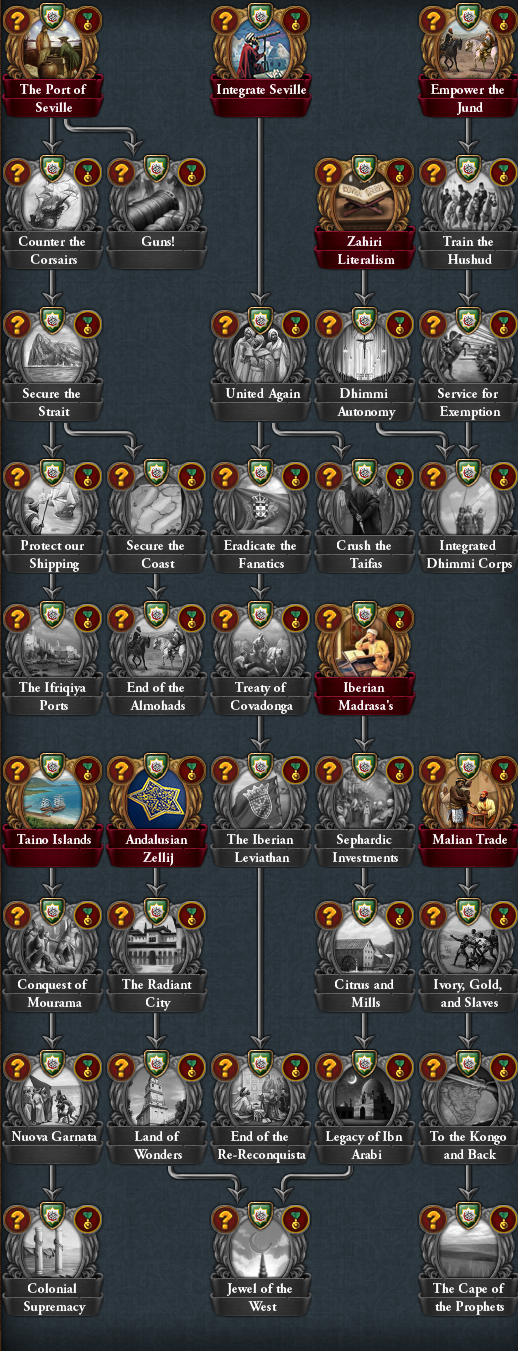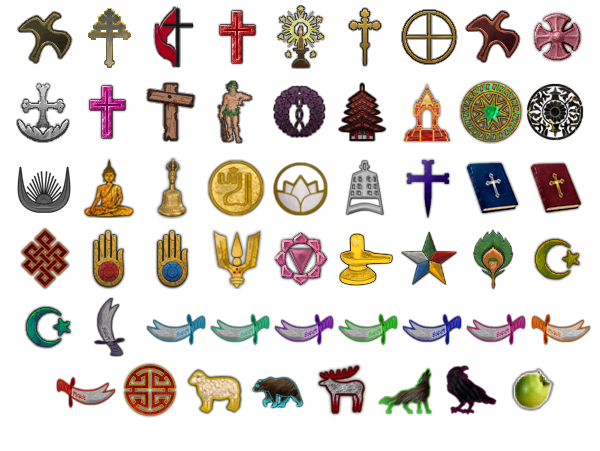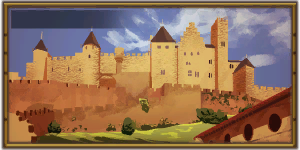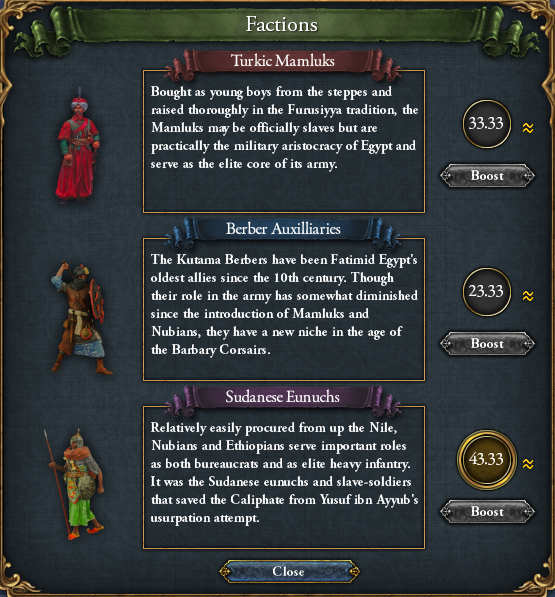
Apr 9, 2024
Europa Universalis IV - PDXRyagi
Hello and welcome to another Developer Diary! Today we shall talk about the last two nations that will receive specific content for this DLC. But before we start, I should mention some further tweaks based on your feedback from previous DDs:
With that being said, let us get into the content for the Timurids. Let’s start with the setup, which has been adjusted with the following changes:
Additionally, the situation with Ajam is now properly explained in an early starting event which can force a war between the Timurids and Ajam:

Note: The AI will not declare war through this event on Ajam in order to keep Ajam alive so they can most reliably form Persia.
Now let’s take a look at the new mission tree, which is split into two major sections: the upper part is heavily focused on ending the Ajam rebellion as well as reconquering lost territories of the crumbling Timurid Empire, reaching all the way from Caucasia to the Delhi Sultanate. The lower part, on the other hand, is all about the internal elements of your country, focusing on the government, the economy, the religion, the military, and the development.

The highlights of the conquest missions are the following rewards:

Note: The additional missions from “Timurid Empire” will be showcased later.
Meanwhile, the highlights of the internal part are the following, focusing on topics such as Artistic Patronage, Islamic Schools and Laws, or internal politics:

The mission “Rightful Protector” and its follow-up missions refer to the aforementioned privileges you start with. These would be the following:


You also start with the “Patronage of the Arts” privilege. In order to remove the 2 inconvenient privileges, you have to enact special decisions, which triggers are the following:
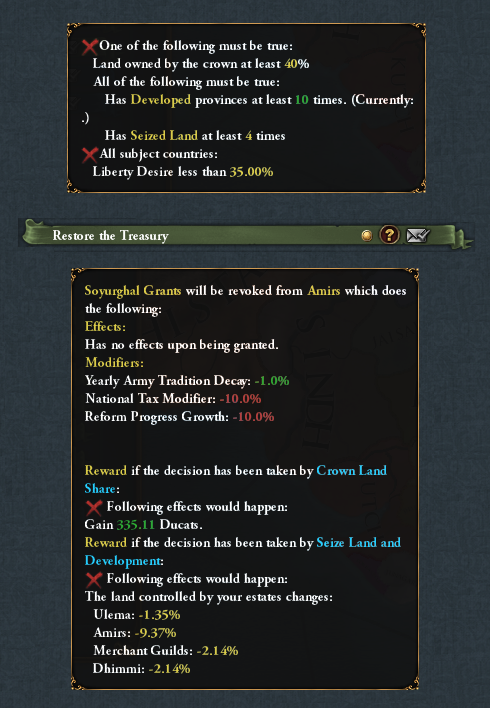
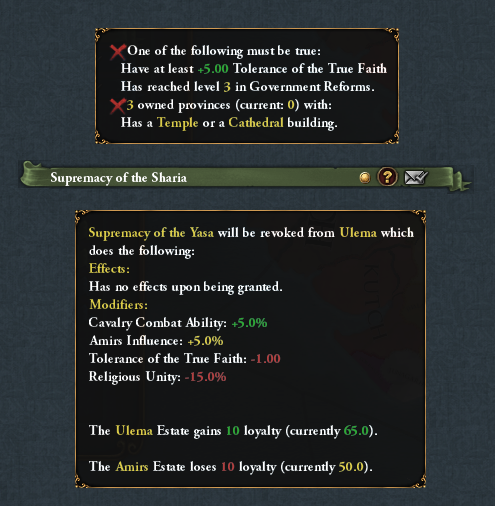
As for the Timurid Diwan reform you unlock, it has the following mechanic attached to it:

With that out of the way, let us continue with the branching missions for the Timurids which can be unlocked with the “Timurid Empire”. You have the choice between the “Nomad” branch and the “Persian” branch.
First, let us discuss the Nomad path for the Timurids, which unlocks the following missions:

Note: All the new missions are colored in orange for the sake of presentation.
As the name suggests, the Nomad missions play into the fantasy of your nomadic roots, and as such are quite comparable to the Horde missions as they are heavy on conquest. With that branch, you not only go to the furthest extent of the historical Timurid Empire all the way to Anatolia and Egypt, but fulfill Timur’s ambition of re-establishing Yuan.
Here are the highlights of this part of the mission tree:


The Persian path, on the other hand, is more focused on internal and cultural development:

Here are the highlights of this mission path:

One special mention goes to the “Reform the Soyurghals” which enables a very unique mechanic for the Timurids here, with a new type of Subject:



That would be the end for the Timurid-focused content, leaving only the Mughals for us to explore. But before that, let me explain why we decided that the Mughals should get a rework. With 1.26 and the accompanying Dharma DLC, the Mughals received their unique content as well as their own set of missions. As time has gone, the quality of the Mughal missions could no longer hold up compared to the ones of the other two Gunpowder Empires. This is the reason we have decided to revisit the Mughals to make them somewhat on par with Persia and the Ottomans.
With that being said, let us take a closer look at the Mughal’s missions:

The spirit of the original mission tree prevails as the new Mughal tree also has a heavy focus on unifying all of India under the Mughal banner. Still, the mission tree also provides some other aspects such as religious tolerance, economy, architecture, military, taxation, and a little bit of diplomacy.
I will present some general highlights of each aspect, starting with the conquest-heavy missions first:


Next are the non-conquest-focused missions, with a wide variety of missions to play with:

Note: the mission icons in these screenshots are from an earlier build. The up-to-date icons can be seen in the overview image of all the missions.
That was it for today’s Developer Diary! Next week Dargeths will present to you the summary of all the features present in the next DLC, that we have been presenting in the Dev Diaries over the past weeks, and an overview of the 1.37 Free Patch. Until then, I wish you all a great week!
As we say goodbye enjoy this comic from FatherLorris:

- Montezuma no longer starts as a general for the Aztecs. In exchange, you’ll be able to convert him to one through a decision with the general stats he used to have before. If you feel lucky, you can use the normal way to make a ruler into a general if you think you can roll higher stats though.
- The modifier for “Rise of Montezuma” will give Average Monarch Lifespan in order to keep your ruler alive for longer.
- Should Montezuma die, the conquest missions will give alternative rewards.
- Oman-Zanzibar has been renamed to Zanzibar, and you can rename yourself back to Oman should you ever wish.
With that being said, let us get into the content for the Timurids. Let’s start with the setup, which has been adjusted with the following changes:
- Timurids now start with the entirety of Afghanistan as core provinces. This means we have added the fort province Roh as a core province of the Timurids, too, allowing you to diplomatically annex them without any cost.
- All of the Timurid dynasty nations now start with an additional 20 Army Tradition on top of what they already start with.
- The provinces in and around Balkh now start with increased local autonomy as those territories were governed by Muhammad Juki. In the game, it looks like this:

- Timurids now start with 3 estate privileges at the start, but we will get to that later!
Additionally, the situation with Ajam is now properly explained in an early starting event which can force a war between the Timurids and Ajam:

Note: The AI will not declare war through this event on Ajam in order to keep Ajam alive so they can most reliably form Persia.
Now let’s take a look at the new mission tree, which is split into two major sections: the upper part is heavily focused on ending the Ajam rebellion as well as reconquering lost territories of the crumbling Timurid Empire, reaching all the way from Caucasia to the Delhi Sultanate. The lower part, on the other hand, is all about the internal elements of your country, focusing on the government, the economy, the religion, the military, and the development.

The highlights of the conquest missions are the following rewards:

Note: The additional missions from “Timurid Empire” will be showcased later.
Meanwhile, the highlights of the internal part are the following, focusing on topics such as Artistic Patronage, Islamic Schools and Laws, or internal politics:

The mission “Rightful Protector” and its follow-up missions refer to the aforementioned privileges you start with. These would be the following:


You also start with the “Patronage of the Arts” privilege. In order to remove the 2 inconvenient privileges, you have to enact special decisions, which triggers are the following:


As for the Timurid Diwan reform you unlock, it has the following mechanic attached to it:

With that out of the way, let us continue with the branching missions for the Timurids which can be unlocked with the “Timurid Empire”. You have the choice between the “Nomad” branch and the “Persian” branch.
First, let us discuss the Nomad path for the Timurids, which unlocks the following missions:

Note: All the new missions are colored in orange for the sake of presentation.
As the name suggests, the Nomad missions play into the fantasy of your nomadic roots, and as such are quite comparable to the Horde missions as they are heavy on conquest. With that branch, you not only go to the furthest extent of the historical Timurid Empire all the way to Anatolia and Egypt, but fulfill Timur’s ambition of re-establishing Yuan.
Here are the highlights of this part of the mission tree:


The Persian path, on the other hand, is more focused on internal and cultural development:

Here are the highlights of this mission path:

One special mention goes to the “Reform the Soyurghals” which enables a very unique mechanic for the Timurids here, with a new type of Subject:



That would be the end for the Timurid-focused content, leaving only the Mughals for us to explore. But before that, let me explain why we decided that the Mughals should get a rework. With 1.26 and the accompanying Dharma DLC, the Mughals received their unique content as well as their own set of missions. As time has gone, the quality of the Mughal missions could no longer hold up compared to the ones of the other two Gunpowder Empires. This is the reason we have decided to revisit the Mughals to make them somewhat on par with Persia and the Ottomans.
With that being said, let us take a closer look at the Mughal’s missions:

The spirit of the original mission tree prevails as the new Mughal tree also has a heavy focus on unifying all of India under the Mughal banner. Still, the mission tree also provides some other aspects such as religious tolerance, economy, architecture, military, taxation, and a little bit of diplomacy.
I will present some general highlights of each aspect, starting with the conquest-heavy missions first:


Next are the non-conquest-focused missions, with a wide variety of missions to play with:

Note: the mission icons in these screenshots are from an earlier build. The up-to-date icons can be seen in the overview image of all the missions.
That was it for today’s Developer Diary! Next week Dargeths will present to you the summary of all the features present in the next DLC, that we have been presenting in the Dev Diaries over the past weeks, and an overview of the 1.37 Free Patch. Until then, I wish you all a great week!
As we say goodbye enjoy this comic from FatherLorris:


























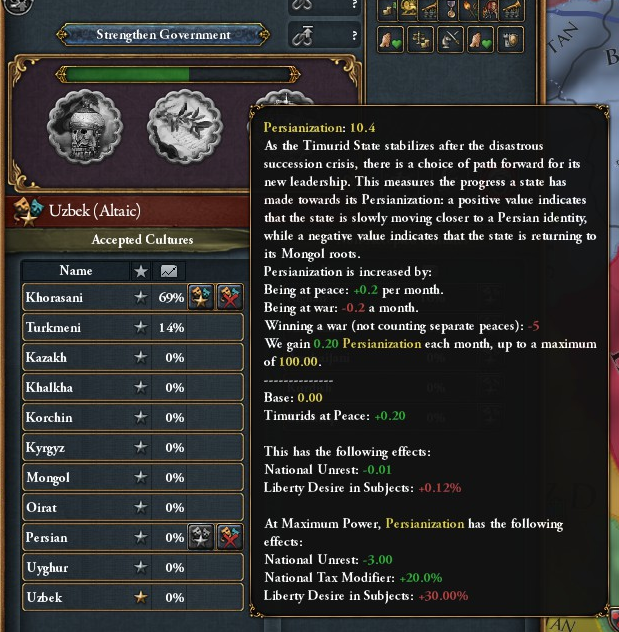








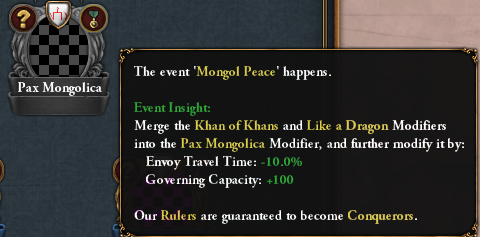










































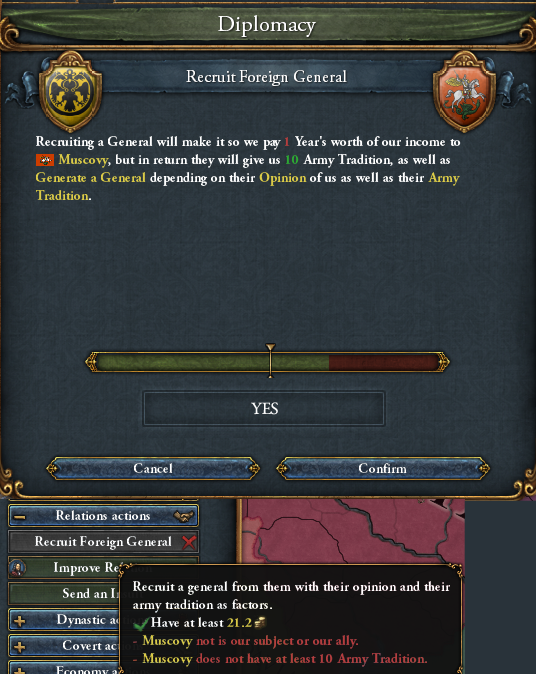





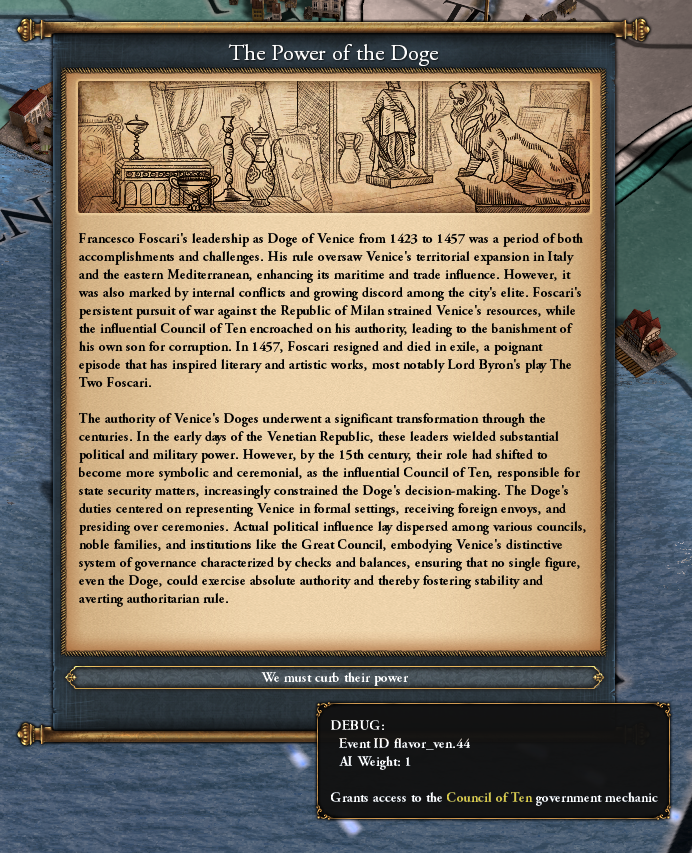













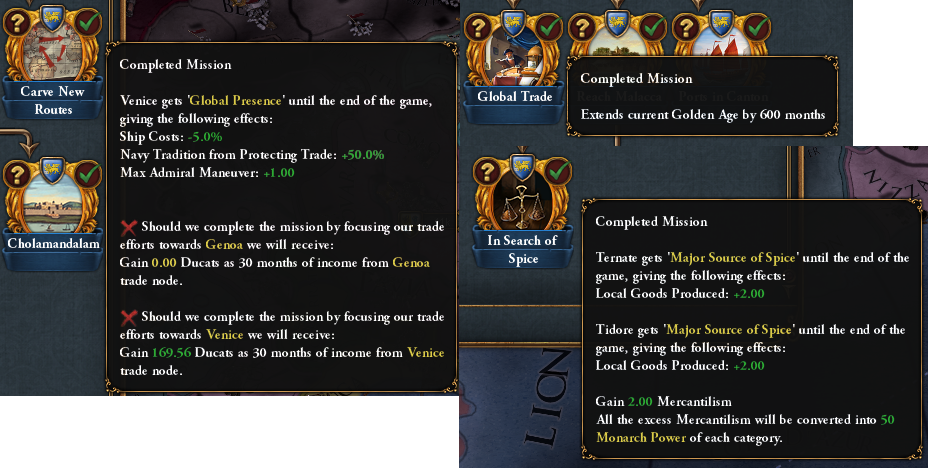




























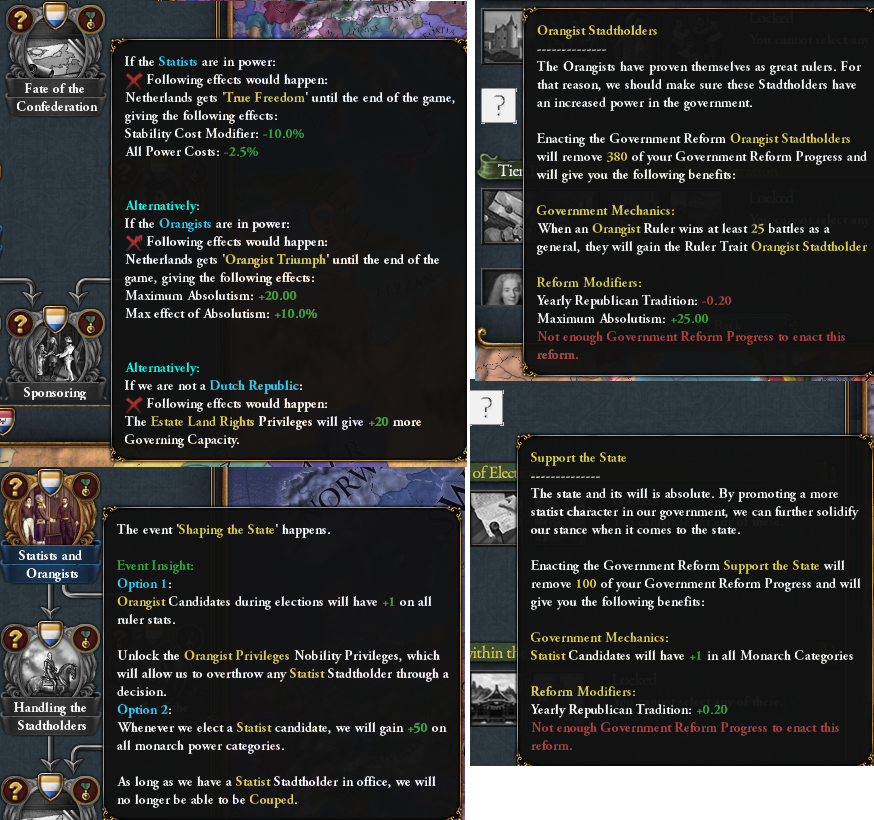









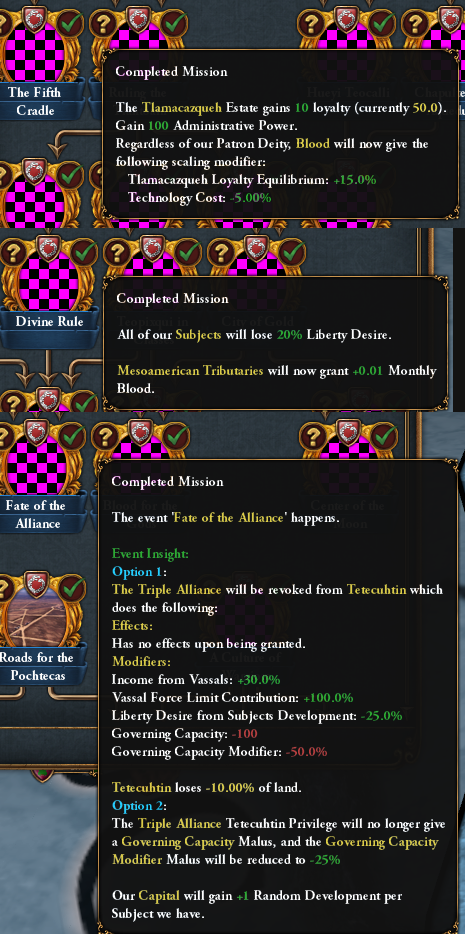
























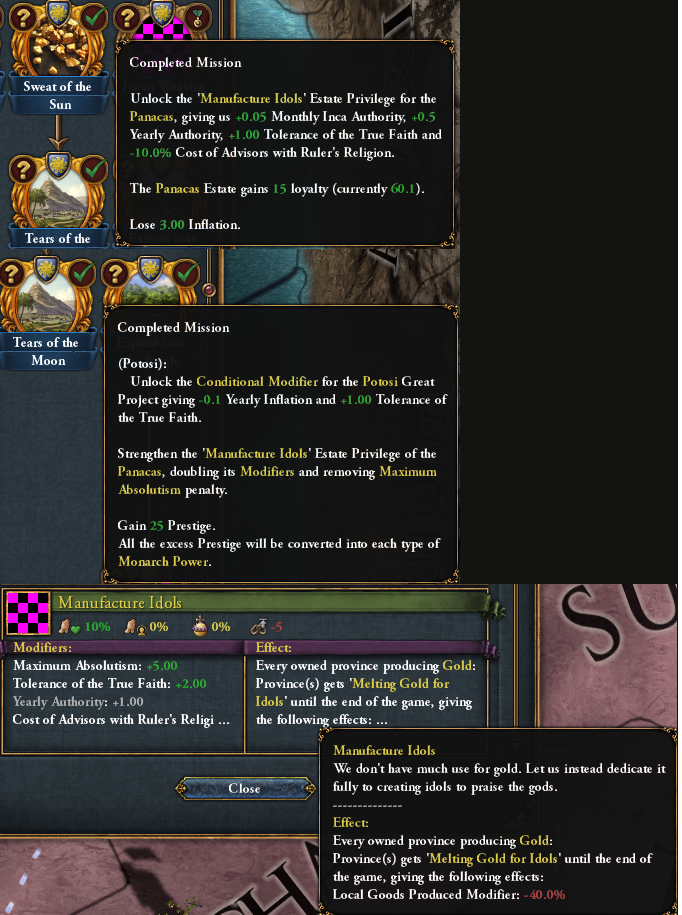






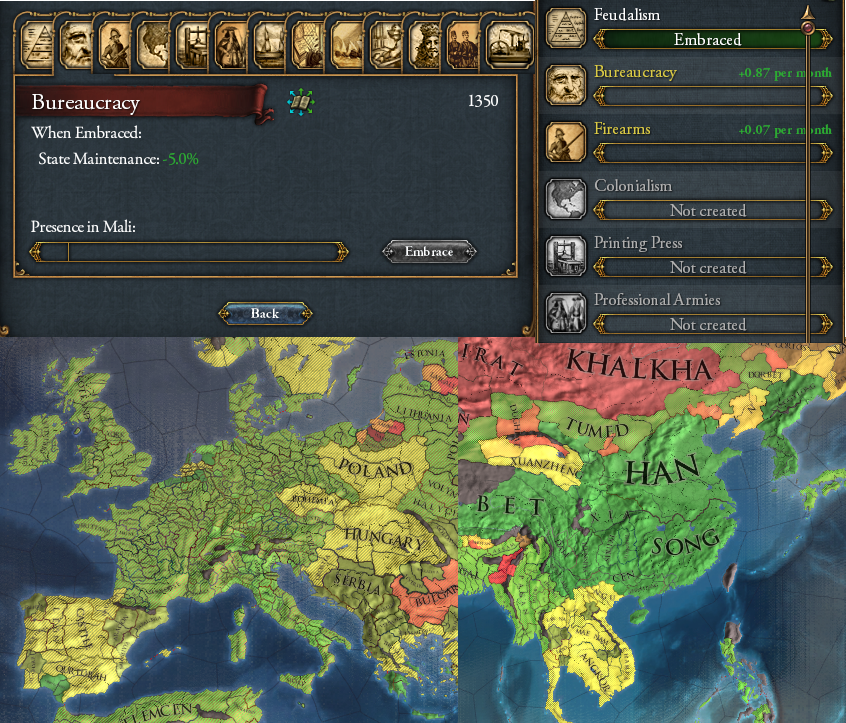
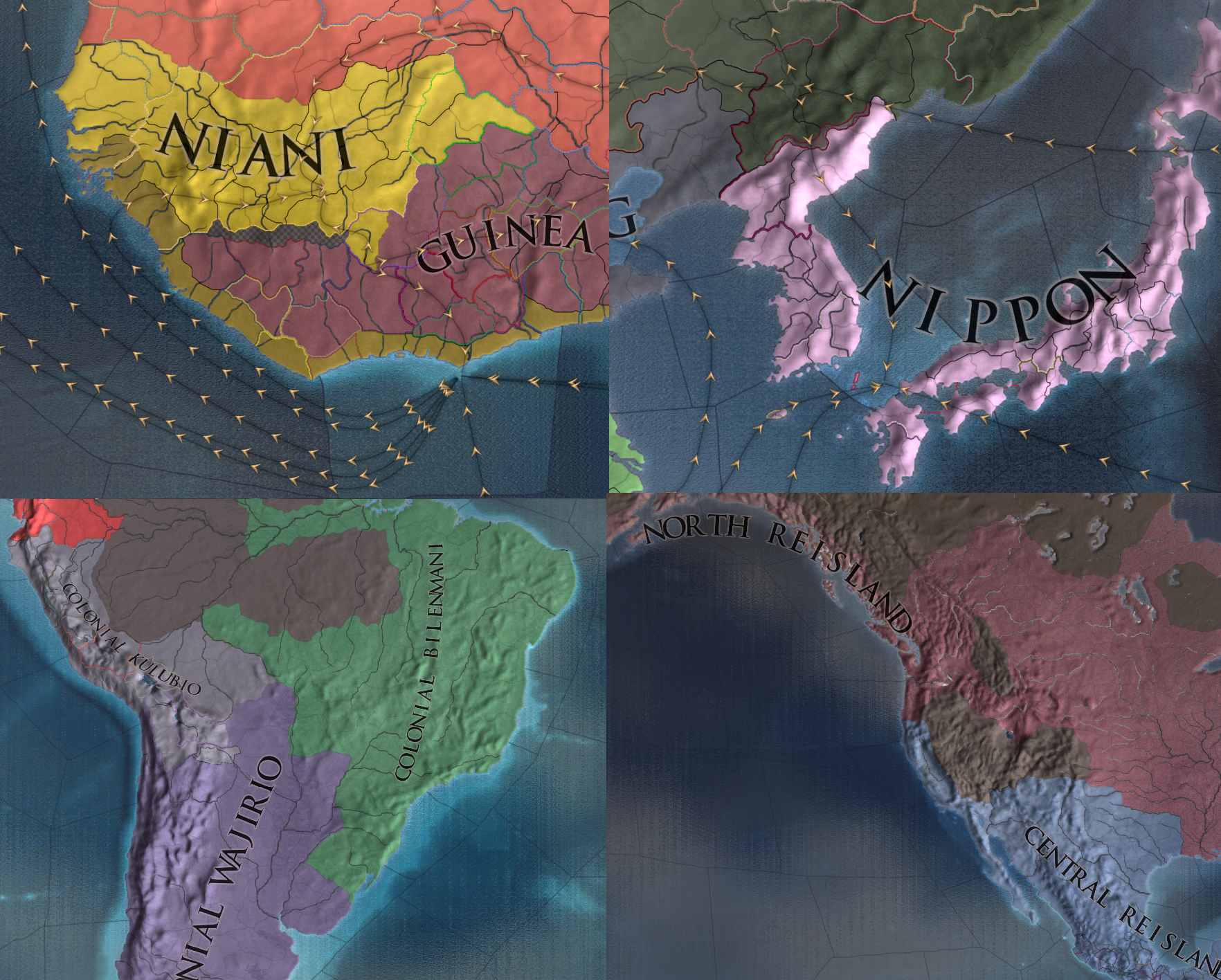
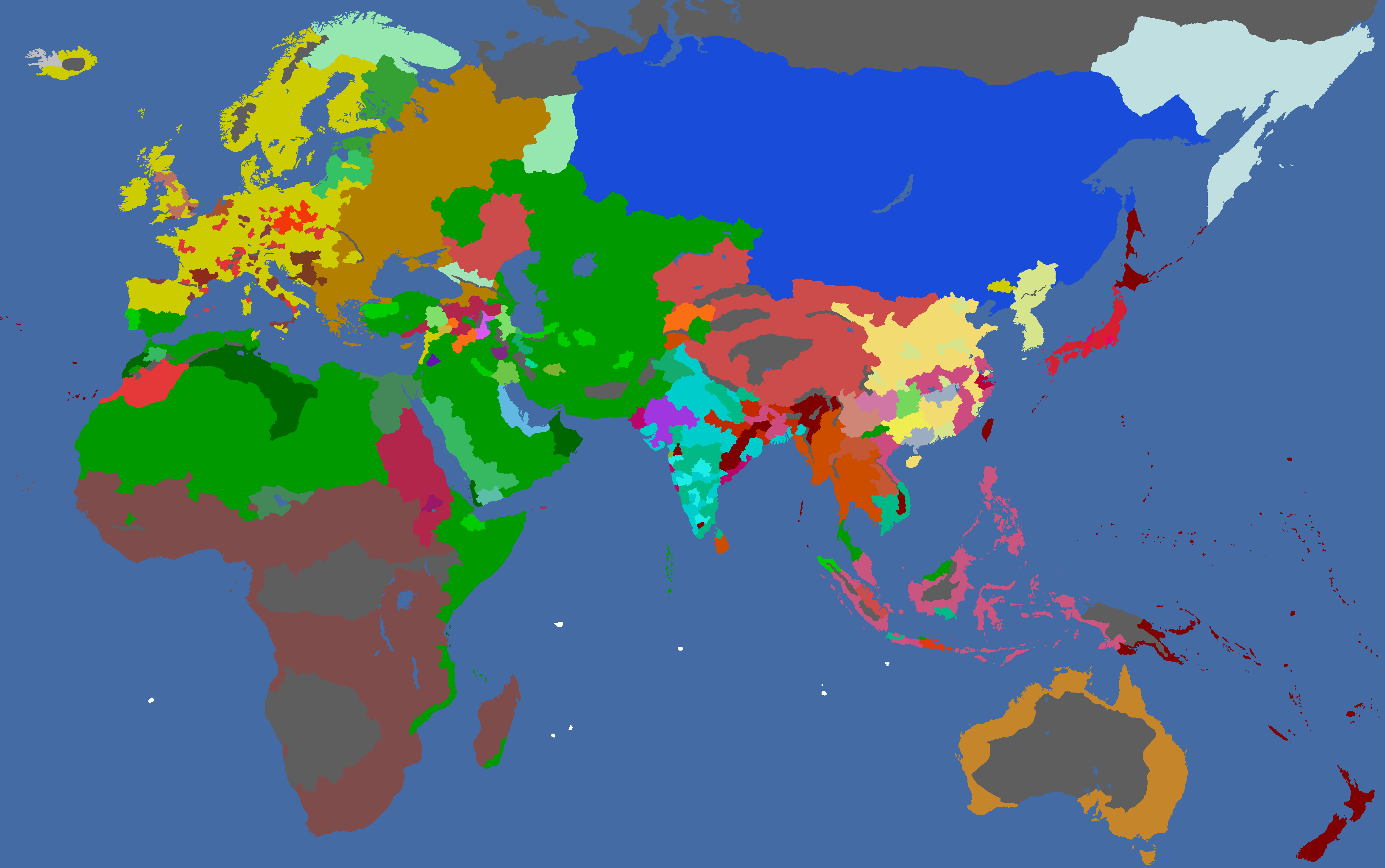

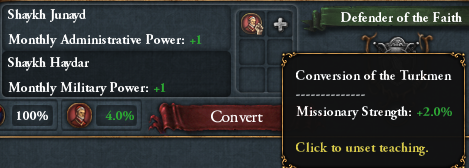

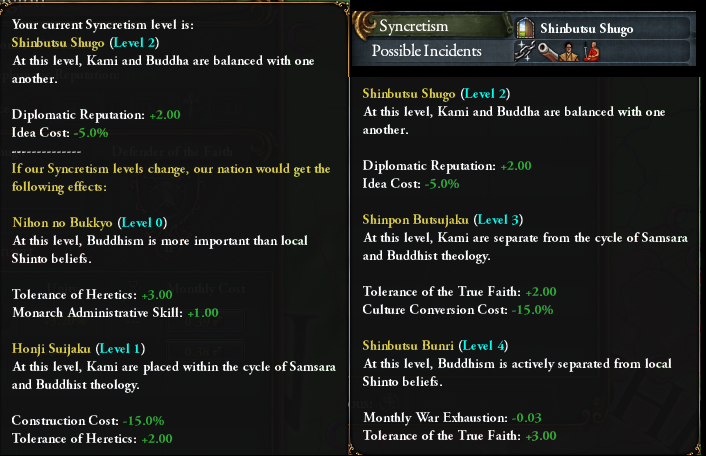


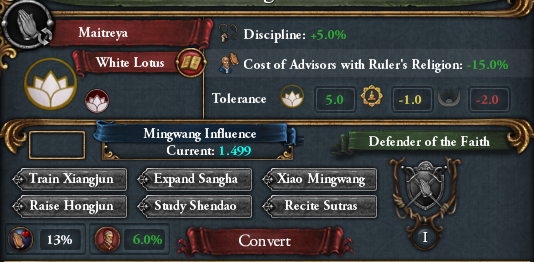

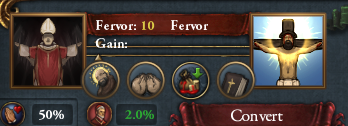

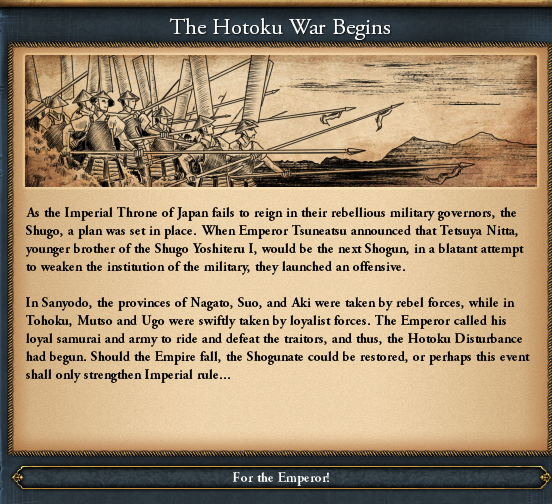
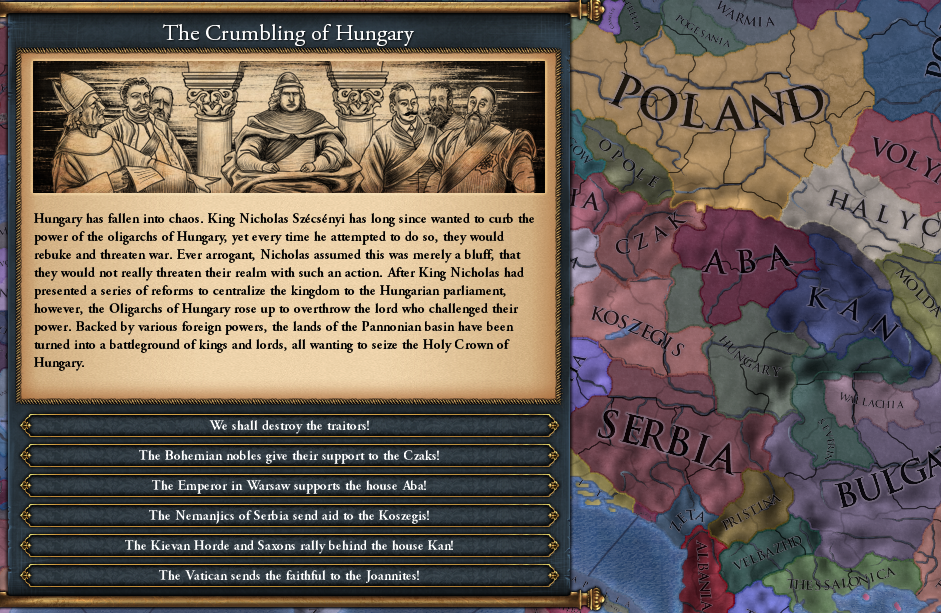





 [/expand]
[/expand] [/expand]
[/expand] [/expand]
[/expand] [/expand]
[/expand] [/expand]
[/expand]


